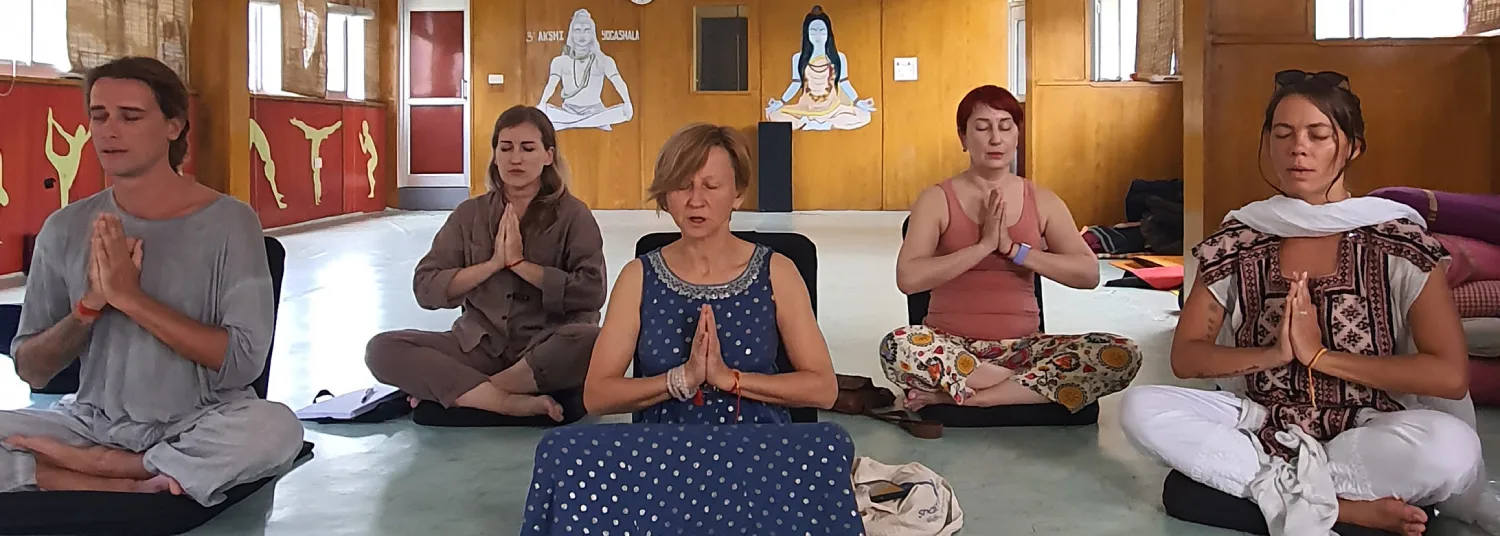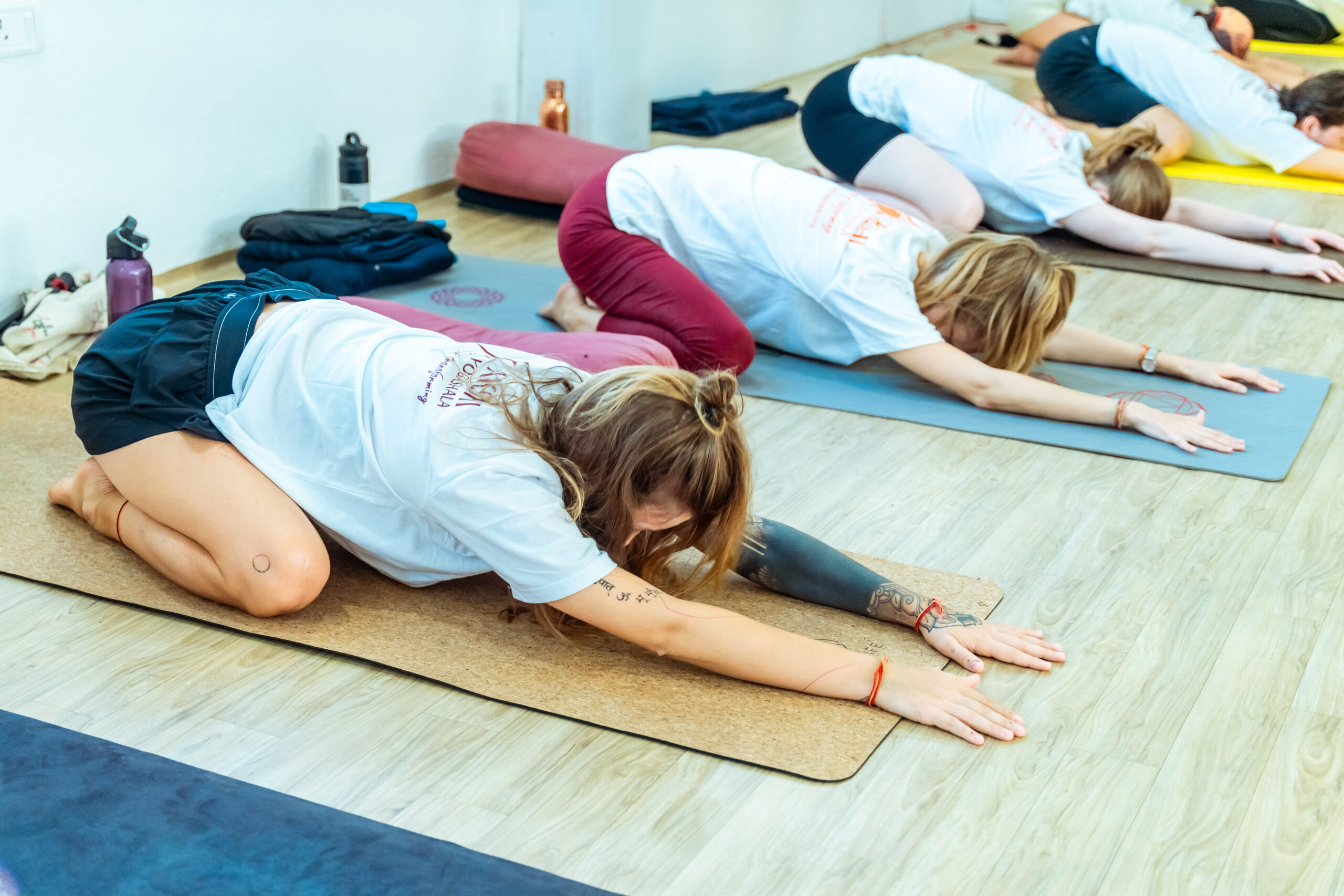It is easy to imagine that in the busy world we are living in, it is like searching a needle in a hay stack to find some time of peace. Go into Childs Pose- a sanctuary on your yoga mat that helps you to take a moment, inhale and reconnect with yourself. It is one of your favorite poses regardless of being experienced or even a beginner to the fitness world since it is not only beneficial physically but also develops mindfulness and heals your soul. And yet how do you realize its transformational power? This post will explore the art of mastering Child Pose by techniques that improve alignment, increase the depth of relaxation and make it an enriching experience. Prepare to be calm and learn to enjoy this healing treasure-trove of yours- your body (and mind) will be grateful!
Introduction to Child’s Pose
Child Pose or Balasana is considered to be one of the most relaxing and healing yoga poses. This is a mild pose that encourages you to bend forward which provides some a rest in a busy life. Regardless of whether you are a yoga pro, or you are new to the practice, a perfected Child Pose can not only enhance your practise but also your general health.
Think of how nice it is to sink in to this easy pose after a hard day. The stress is dissolved when you relate to your breath. This blog post will discuss the perfect way of doing Childs Pose. Considering the benefits of the pose to making sure it is used correctly and in the right posture, you will find everything you need to have a full experience in this favorite pose. We are going to explore the world of Child Pose!
Benefits of Child’s Pose
Child Pose is a place of body and mind refuge. It also offers a good pull to the back, hips, and thighs, which tends to be very tight and thus it provides the area with more flexibility.
It is a restorative asana, which soothes the nervous system. Bending your forehead to the ground will produce pressure points that help you relax and will relieve anxiety.
In addition, Child Pose promotes deep breathing. This would result in better lung capacity with time. It is a perfect method of taking a break on a hectic day or intense yoga.
Physically, it assists in digestion because it gently presses the stomach. The pose also enhances the blood flow to the important organs and relieves tension accumulated in the lower back.
Childs Pose may help you become more alert by practicing it on a regular basis. When you get into this pose, all distractors disappear and you are free to be mindful and present in that moment.
Must Read: 200 Hour Yoga Teacher Training in Rishikesh
Proper Alignment and Technique
Child’s Pose should be properly aligned to have the maximum benefits. Begin by kneeling upon your mat with your big toes touching and your knees separated. This provides a comfortable base and the hips are opened.
When bending down between the thighs, you should concentrate on your spine straightening not bending too much. Suppose you make a space between the tailbone and the top of your head.
Extend your arms either straight away or place them next to your body with the palms open to provide the additional relaxation. Continue breathing in and out, this will reduce tension both physically and mentally.
It is vital that you are supported during the pose. Take blankets, or bolsters under your forehead, in case of need, but do not strain yourself. Whatever feels good is ok since you are relaxing in this healing pose.
Modifications for Different Body Types and Flexibility Levels
Everybody is different and Child Pose may be adjusted to suit the needs of a person. When the hips are tight or the flexibility is limited the cushion or folded blanket between the thighs and the calves provides an extra padding. This modification gives a painless opening of the hips.
In case you find it hard to touch your forehead to the mat, use a yoga block under your forehead. This minimal change aids in keeping on track and at the same time, creating relaxation.
To any person who feels uncomfortable with his/her knees, the widening of the knees could help in taking off the pressure on the joints. Alternatively, you can practice Childs Pose using a chair which will support you and help you to explore depth with the pose comfortably.
It is imperative to listen to your body. Adjustments do not indicate weaknesses but are in fact directions to greater connection and understanding in your practice.
Common Mistakes to Avoid
Many practitioners overlook the importance of proper alignment in Child’s Pose. Ensuring your knees are wider than your hips can create more space for your torso, allowing for a deeper stretch.
Another common mistake is forcing the forehead to touch the mat. Instead, aim for comfort; rest your head on a prop or stack of fists if needed. This helps relieve tension rather than adding unnecessary strain.
Some people tend to round their lower back excessively, which can lead to discomfort over time. Focus on lengthening through the spine while allowing your hips to sink back gently.
Lastly, don’t forget to breathe deeply throughout the pose. Shallow breathing can hinder relaxation and limit its restorative benefits. Keeping these tips in mind will enhance your practice and bring you closer to mastering Child’s Pose effectively.
Variations of Child’s Pose for a Deeper Stretch
For those seeking a deeper stretch in Child’s Pose, there are several variations to explore. One popular option is the extended Child’s Pose. Simply walk your hands forward beyond your head, allowing your chest to sink closer to the mat. This modification opens up the spine and enhances relaxation.
Another variation involves placing a bolster or pillow under your torso. This supports your body while deepening the stretch across your shoulders and back. It can be particularly beneficial for beginners or anyone with tightness.
For an added twist, try side-stretching in Child’s Pose by walking both hands towards one side of the mat. Feel that delicious pull along the opposite side of your body as you breathe deeply into this variation.
These adaptations invite different sensations and deepen awareness of how each adjustment affects tension release throughout various muscle groups. Explore what feels right for you!
More Details: 300 Hour Yoga TTC in Rishikesh
Incorporating Child’s Pose into Your Yoga Practice
Child’s Pose is a versatile asana that can be seamlessly woven into your yoga routine. Whether you’re just starting or are an experienced practitioner, this restorative pose offers moments of peace.
Consider using Child’s Pose as a transition between more intense poses. It allows you to reset and gather your breath before moving on. This pause creates a beneficial flow in your practice.
Alternatively, use it at the end of your session for deep relaxation. Embracing stillness in this pose helps to integrate the benefits of all the postures you’ve performed.
You might also explore incorporating Child’s Pose during meditation sessions. It encourages mindfulness while promoting comfort and grounding, making it easier to connect with your inner self.
Experiment with varying durations; holding the pose longer can deepen relaxation and enhance its calming effects throughout your entire practice.
Tips for Finding Comfort and Relaxation in Child’s Pose
To find comfort in Child’s Pose, start by choosing a soft surface. A yoga mat or blanket can cushion your knees and support your body.
Focus on your breath. Inhale deeply through the nose, letting your belly expand. As you exhale, allow tension to melt away from your shoulders and back.
Adjust arm placement for added comfort. You might stretch them forward or let them rest alongside your body. Find what feels best for you.
Use props like blocks or bolsters under your forehead for extra support. This can create space in the neck while promoting relaxation.
Close your eyes and visualize a peaceful scene that calms the mind. Let this imagery envelop you as you sink deeper into tranquility.
Remember to listen to your body’s signals throughout the pose. If discomfort arises, make small adjustments until it feels just right.
Conclusion
Child’s Pose is more than just a resting position; it’s a gateway to mindfulness and relaxation. By incorporating this beautiful asana into your routine, you can enhance both your physical and mental well-being. Whether you’re seeking relief from stress or aiming for that perfect stretch, mastering the techniques of Child’s Pose offers countless benefits.
As you practice, remember that yoga is a personal journey. Listen to your body and adjust as needed. With time and patience, you will find comfort in this pose, allowing it to become an integral part of your practice.
Exploring variations can deepen the experience even further while modifications ensure everyone can enjoy its restorative effects. Embrace the peace within Child’s Pose—it might just be what you need after a long day on or off the mat. Keep practicing, stay open-minded about adjustments, and allow yourself to fully relax in this nurturing posture.


